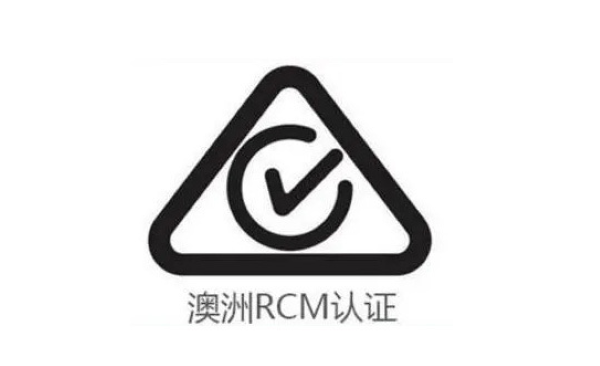A wireless mouse refers to a mouse that is directly connected to the host without a cable, and uses wireless technology to communicate with the computer, thereby eliminating the need for wires. Wireless communication methods are usually used, including multiple wireless technology standards such as Bluetooth, Wi-Fi (IEEE 802.11), Infrared (IrDA), ZigBee (IEEE 802.15.4), etc.

EMC test purpose
EMC testing, also known as electromagnetic compatibility testing (EMC), refers to the comprehensive identification of the size (EMI) and anti-interference (EMS) of electronic equipment at the magnetic field level. It is one of the most critical index values for product quality. Accurate measurement of compatibility test consists of test site and test equipment. The purpose of the EMC test is to measure the harm of electromagnetic radiation caused by home appliances to the body, public power grids and all other home appliances in normal operation.

Electromagnetic compatibility testing is a course for scientific research under the relatively limited indoor space, time, and frequency band resource standards, and a variety of power-consuming machines and equipment (theory also includes plants) can coexist, and will not cause degradation . It contains two parts: interference signal and electromagnetic induction sensitivity. The interference signal test is to accurately measure the size of the radio wave data signal caused by the tested machine and equipment under all normal working attitudes and to reflect the impact on the surrounding electronic products. . Electromagnetic induction susceptibility testing is to accurately measure the anti-interference ability of the equipment under test to electromagnetic induction disturbance. The interference signal mainly includes the emission point of the radiation source and the transmission emission point.
Wireless mouse EMC test items
1. Conduction emission (9kHz-30MHz)
2. Power clamp (30MHz-300MHz)
3. Magnetic emission (9kHz-30MHz)
4. Space radiation radiated emission (30MHz-18GHz)
5. Intermittent conduction interference click
6. Harmonics class a,b,c,d
7. Voltage flicker flicker plt .pst
8. Electrostatic ESD (±0.1-±16.5kV)
9. Radiation immunity (below 1GHz)
10. Radiation immunity (above 1GHz)
11. Fast pulse group EFT/B (±0.1-±4.4kV)
12. Surge (0.1-6.6kV)
13. Conducted immunity CS (0.1-30V)
14. Anti-magnetic field interference MS (0-120A/m)
15. Power off Dips (0%-100%)
16. Oscillatory Waves Surge 0.1-6.6kV Waveform 100kHz
17. Harmonic, interharmonic immunity
18. Magnetic field EFM 10Hz-400kHz (EN50366)
For more relevant information, please call ZRLK for detailed inquiries. We will provide you with professional and efficient testing and certification services with favorable prices and good service. If you provide us with product pictures and specifications, we will give us the corresponding cycle, quotation and specific plan according to your product. Welcome to inquire!












